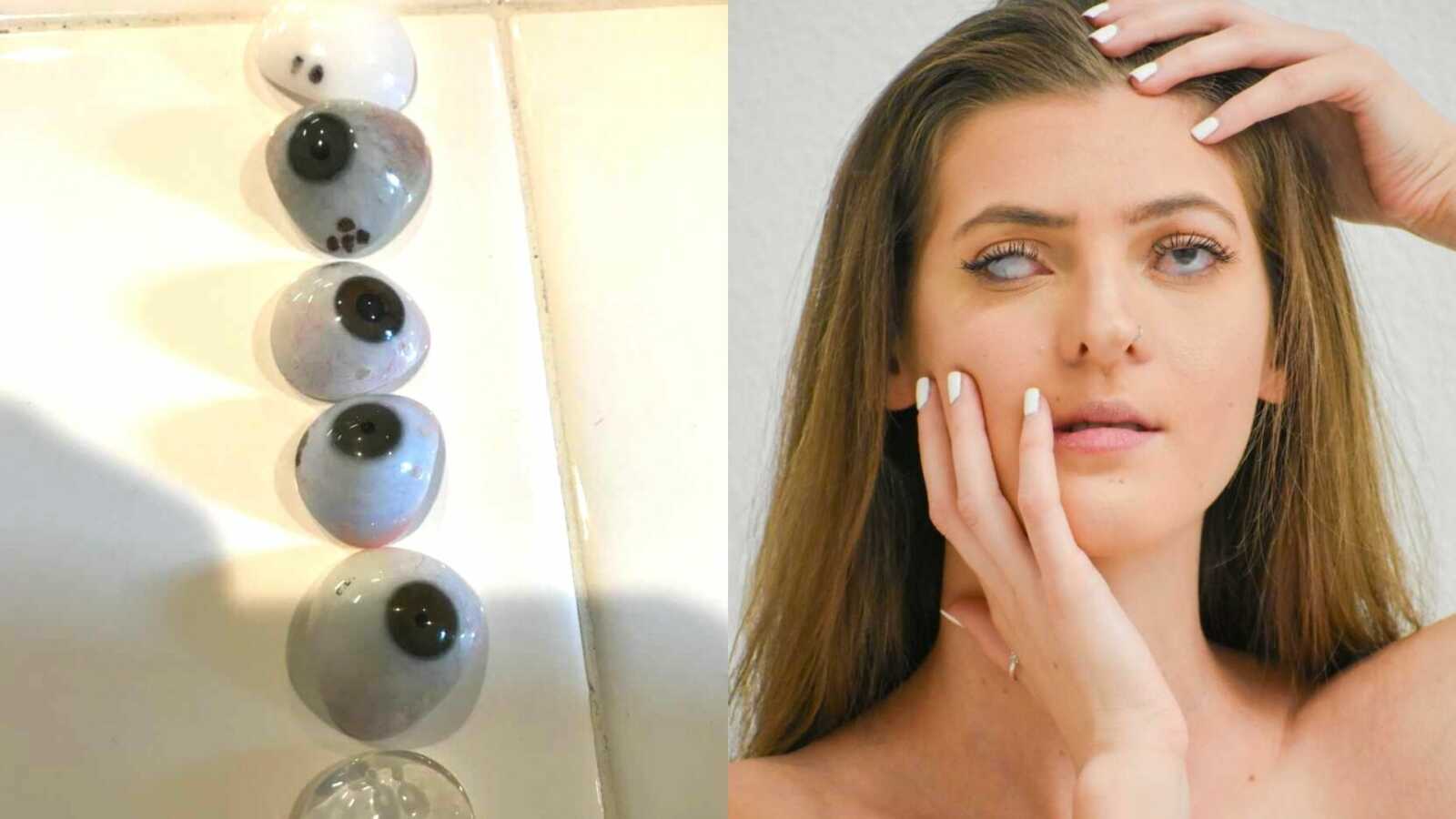“‘Very rare,’ the Geneticist said, confirming my medical diagnosis. Oculofaciocardiodental, otherwise known as the label that makes me one in a million. Oculofaciocardiodental, or OFCD, is a rare genetic disorder that appears in less than 1 in 1 million females. This disorder stems from a mutation in the BCOR gene, causing alterations within the eyes (oculo), face (facio), heart (cardio), and teeth (dental). While my journey began as soon as I took my first few breaths of life, one thing I have taken away from my experience is the meaning of growth; the ongoing and ever-changing adaptation in which every season of life brings.
My series of medical complications, or in other words, my life journey, started from the very beginning when I was born with a nuchal cord around my neck at birth. A nuchal cord occurs in about 15-35% of pregnancies and is a complication that causes the umbilical cord to be wrapped around the newborn’s neck. Despite any further complications from the umbilical cord, a family friend noticed a discrepancy in my eyes soon after my birth, pointing out that my eyes were not properly tracking as they should have been. My mother quickly made a doctor’s appointment which led to the discovery that I had bilateral cataracts, or cataracts in both of my eyes.
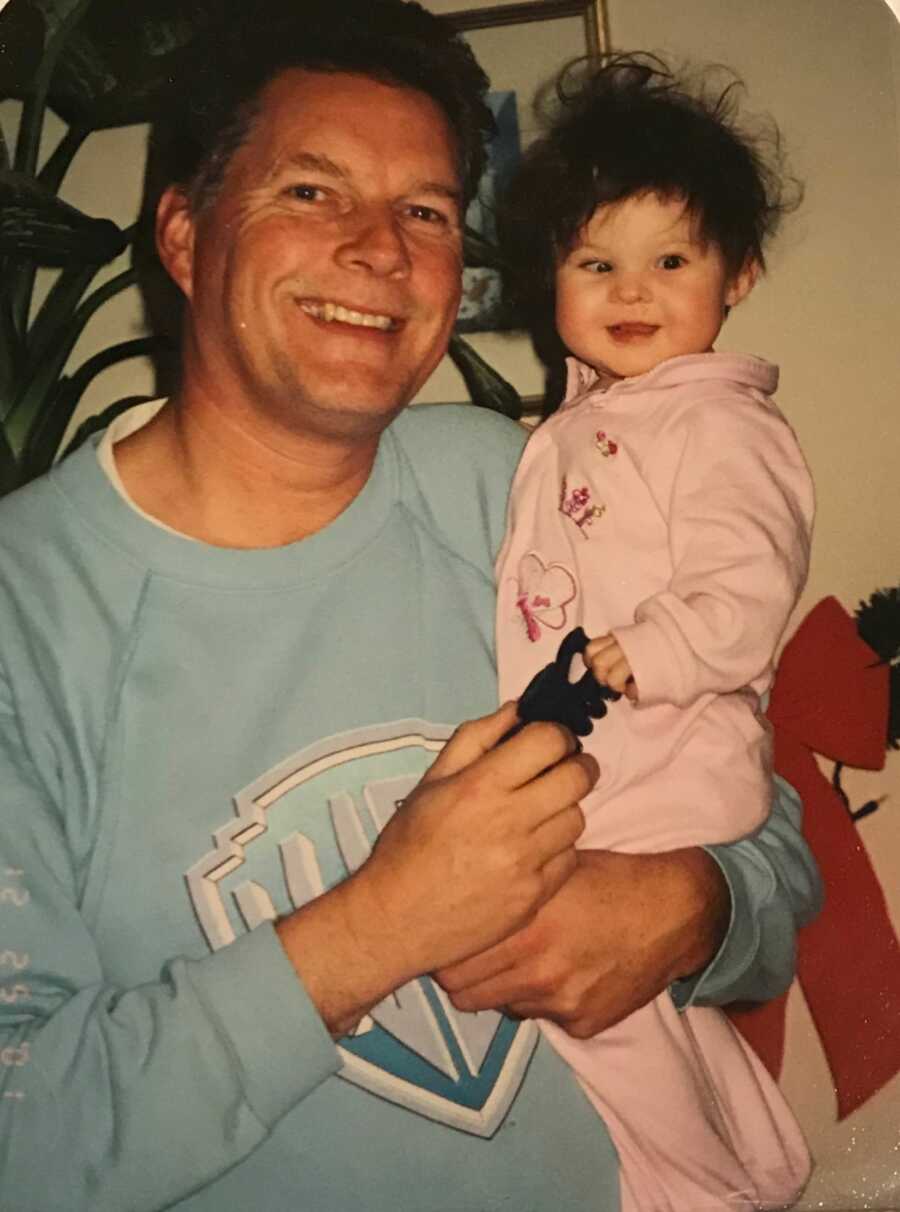
With this diagnosis, my medical journey began, leading to endless appointments, specialists, and heavy research from both my family and doctors. My first surgery was a lensectomy at just six weeks old with the intent to remove cataracts in both of my eyes. While the surgery succeeded in my left eye, it, unfortunately, failed in my right, causing that eye to stop growing as it should have, creating the appearance of a lazy eye.
After a number of additional surgeries were done with the hopes of salvaging the vision in my right eye, doctors eventually declared that the eye would in fact not regain any significant vision. I ended up having near-twenty eye surgeries all before the time my little self could even hit a year old. Because the lens was successfully removed in my left eye, this left me needing to wear a contact lens in that eye at 7 weeks old to be able to see with the limited vision I was already working with. Doctors then brought up the suggestion of wearing a prosthetic over my right eye for protection and cosmetic reasons.
I got fitted for my first prosthesis at 18 months old, and have had close to 10 prosthetics since then. From this point on, I was constantly faced with a variety of obstacles and adversities. What added to this already challenging situation was the doctors’ uncertainty of my future; let alone the question of my ability to ride a bike or drive, numerous doctors were unclear whether I would be able to retain any vision after my various eye surgeries.

While I was fortunate enough to endure this at a young age rather than having to later transition from full sight to low vision, I still had to figure out how to learn the world around me just as every other child had to, as well. With one eye comes great obstacles such as a great lack of depth perception and the added difficulty of limited peripheral vision. My mom once told me that throughout my childhood I would have to scoot from one surface (ex. grass) over to another (ex. concrete). Hearing stories of my childhood such as this one makes me realize that from an early age, I had to learn to compensate and improvise what most people can do with two eyes.

As I was the youngest of my two older, healthy sisters, my medical situation came as a large concern for my family, causing questions, confusion, and worry as to why this was happening, what caused it, and why I was the only one in my family affected. This questioning and confusion ended when a heart murmur was detected by a cardiologist around the time I was nine years old. I was quickly sent to a Geneticist who specialized in cataracts, ordering many tests which ultimately led to my OFCD diagnosis.
As my genetic disorder affects the eyes, face, heart, and mouth, my detected heart murmur led to an extremely necessary open-heart surgery at the very young and risky age of 9. Doctors discovered I had an atrial septal defect (ASD), requiring surgery to close a hole in my atrial septum. While the procedure was initially aimed to be done through the insertion of a needle through my hip, the hole in my heart was determined to be far too large, requiring me to go in for surgery. It all happened extremely fast; I was in fourth grade, just a month past my 9th birthday, and was being told my heart needed to be operated on.
I underwent my open heart surgery on May 10, 2010, at the Children’s Hospital of Philadelphia (CHOP), approximately 5 hours away from my then-home in Virginia. While at the time I had no real understanding of the procedure and what would actually be happening, I later came to understand that my heart was stopped for 15 minutes while operating, essentially causing me to medically pass away for the course of the procedure. I recently found out that my surgery was the talk of the hospital that day because of the record-breaking time it took, just under an hour!
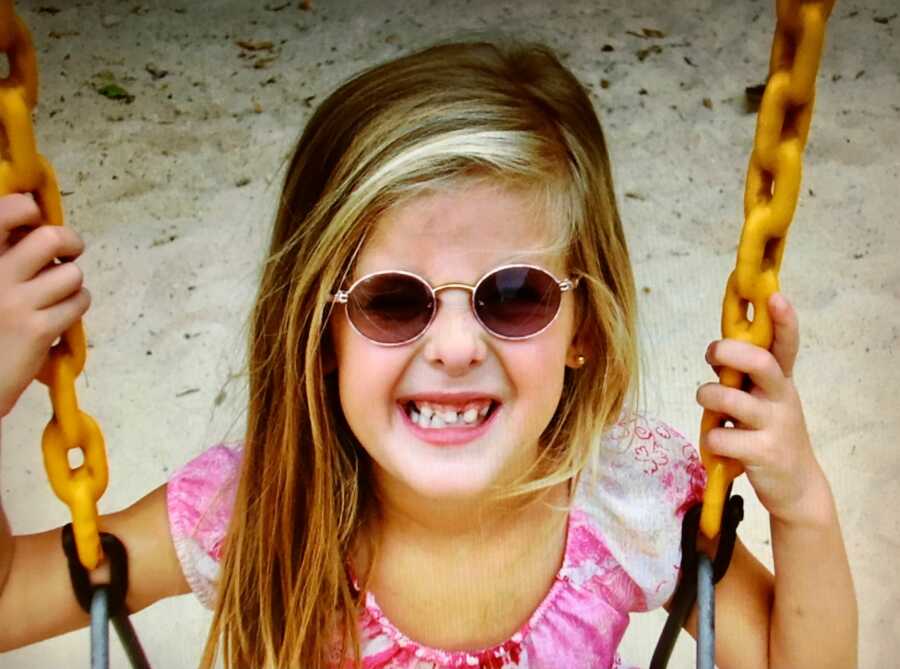
I often think back to this part of my journey and reflect on how strong I not only was back then but currently am right now. As young as I was, I had two things that take most people decades to learn: trust and hope. I trusted the doctors in my care to do what they knew was best, and I had hope that things would turn out well. As I reflect on this heart surgery, one of the most major surgeries I have had to endure, I can easily identify a key component of it; peace. This open-heart surgery was one of the most worry-free surgeries for me because of the naivety of my little 9-year old self. While I was unaware of the depth that both the surgery and recovery entailed, the full story didn’t matter to me because I was trusting in the process and stayed hopeful for nothing but positive outcomes.
Separate from the eyes and heart lies another large part of OFCD, the dental component. Common symptoms under this area of the condition include having long, strong roots, experiencing a delay in losing teeth, having missing/unaligned teeth, and being prone to decay. All of these symptoms caused me to require numerous, extensive dental procedures throughout the years, ranging from minor fillings to major teeth extractions.
Nearly all of my baby teeth had to be strategically extracted, and I had, and still do, have to have numerous fillings. Due to how out-of-place my teeth initially were, I ended up having braces for 6.5 years, including the majority of both my middle and high school years. My teeth have always carried a heavyweight of insecurity for me, causing me to feel self-conscious when I smile or even talk. While this has become an area in which I will always be aware of and concerned about, I stay reminded of the fortunate opportunities I have been given to address such needed medical assistance.
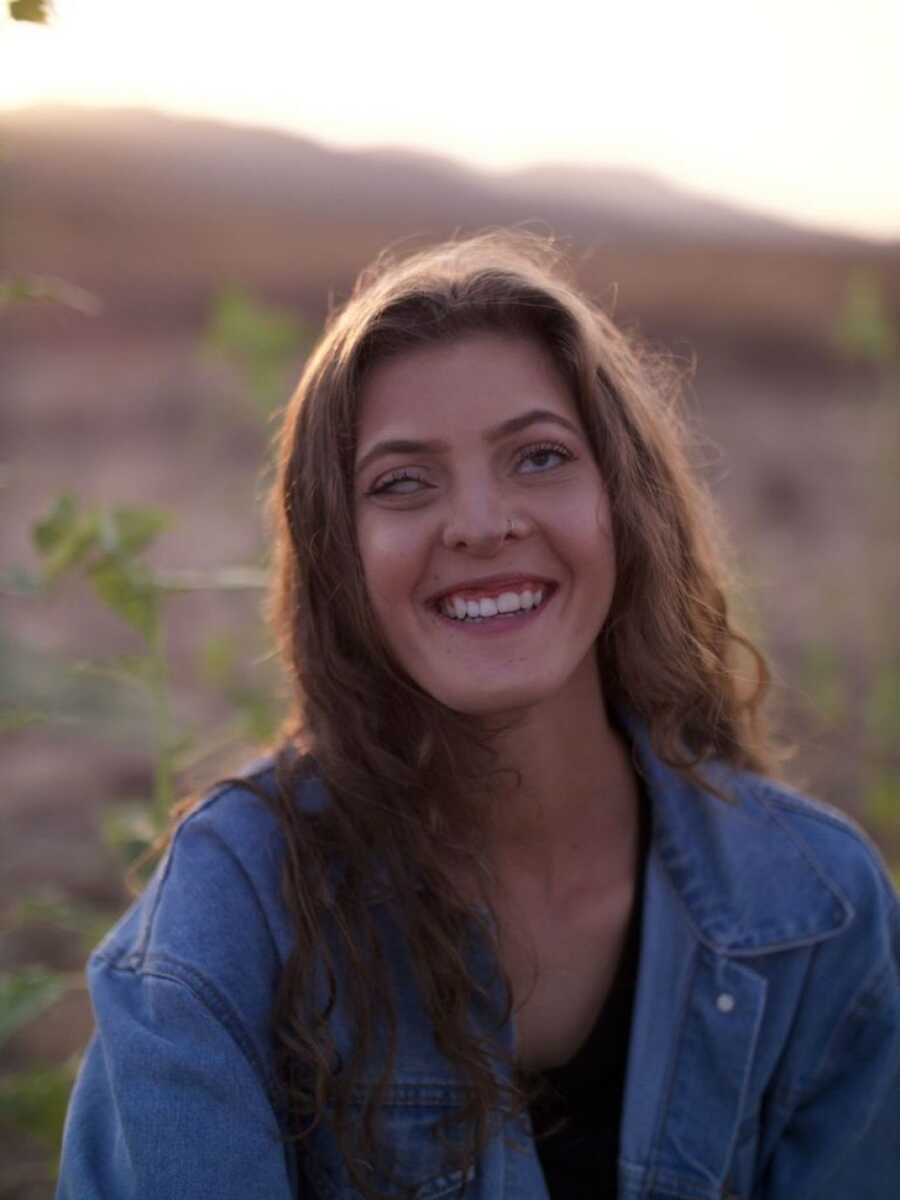
Aside from the extensive medical procedures and history laid the many negative social factors that came along with the condition. Ever since the failed cataract surgery, my right eye stopped growing as it should have, causing there to always be a slight discrepancy in my eyes. This discrepancy has brought an endless sequence of stares, remarks, questions, and comments, almost never failing to remind me of my uncommon appearance. Without question, I would undoubtedly identify this part of my journey as the hardest area to fully heal from and to accept. Receiving long-lasting looks and second glances not only heightens insecurities around my appearance, but often leaves me feeling discouraged, ashamed, and self-conscious about how my disorder has conditioned me to look.
I have found it incredibly challenging to fully accept that I am different from others. While, of course, every individual is different, diversity hasn’t always been accepted, welcomed, and included in society. I have had to endure a lifetime of discrimination and exclusion all due to something I have absolutely no control over. Something I have realized is that even on the days I am able to love myself and my differences, I often end up feeling set back or let down because of a stare or a comment I may get.
Receiving stares because of your appearance is not an easy concept to become accustomed to! Through my experiences I have learned that as everyone has scars, I happen to visibly wear mine for the world to see, allowing for my story to tell itself to the people around me. While it’s a frustrating situation to be constantly reminded of my disability even when I’ve come to a season of acceptance, I’ve learned to use it as an opportunity to share my story and to provide education to those around me who may not have experience with certain disabilities or differences.
A prime example of comments I have received was an experience I had during my last year of middle school. In the midst of getting ready to go cheerleading for a football game, a teammate shared what a friend had said about me. After making plans with people for Halloween, a friend had expressed their concern about the plans, sharing that it scared her to look at me because of my eyes. Despite having received a handful of stares and looks prior to this experience, it was my first time feeling as though I was truly different in others’ minds.
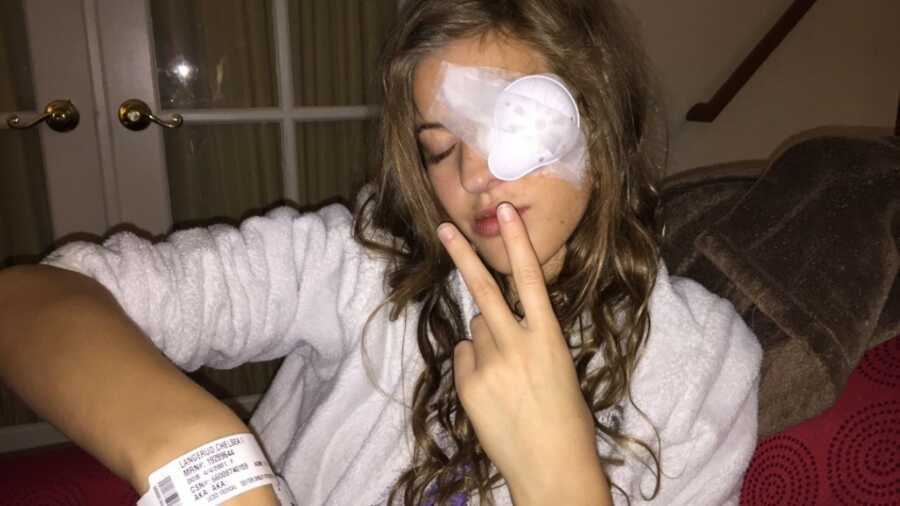
In all honesty, this comment did nothing but leave me distraught, discouraged, and extremely self-conscious. I remember how I was given an immense amount of support from family, friends, and teammates, which is what ultimately gave me the power to keep going and to get me through the pain and hurt from the situation. I kept thinking to myself, ‘Am I THAT different? Do others think the same thing about me?’ The encounter caused me to muster up a lot of strength and perseverance, something I had not previously had to do outside of a medical procedure.
It was the moments such as these that caused me to grow a thick skin, helping me to realize that my differences will likely lead me to face future similar interactions. Despite all that I learned from this ordeal, I look back on it, picking up on the importance of allowing yourself to fully feel the emotions that such a situation can bring you. No matter how down and hurt something may leave you feeling, it is those exact feelings and responses that grow our character, our wisdom, and our understanding of the world around us.
Another very common condition found within OFCD patients is Glaucoma, characterized as high pressure(s) in the eye(s). While my pressure had been monitored closely by my doctors over the years, it appeared to be slowly increasing through the ages of 10-15. By the time I was in my first year of high school, the pressures in both of my eyes had escalated up into the 30s (healthy eye pressures vary from 10-20), causing great concern for my doctors. Glaucoma is an incredibly risky condition to have, increasing the severity by having eyesight in one eye only (monocular vision).
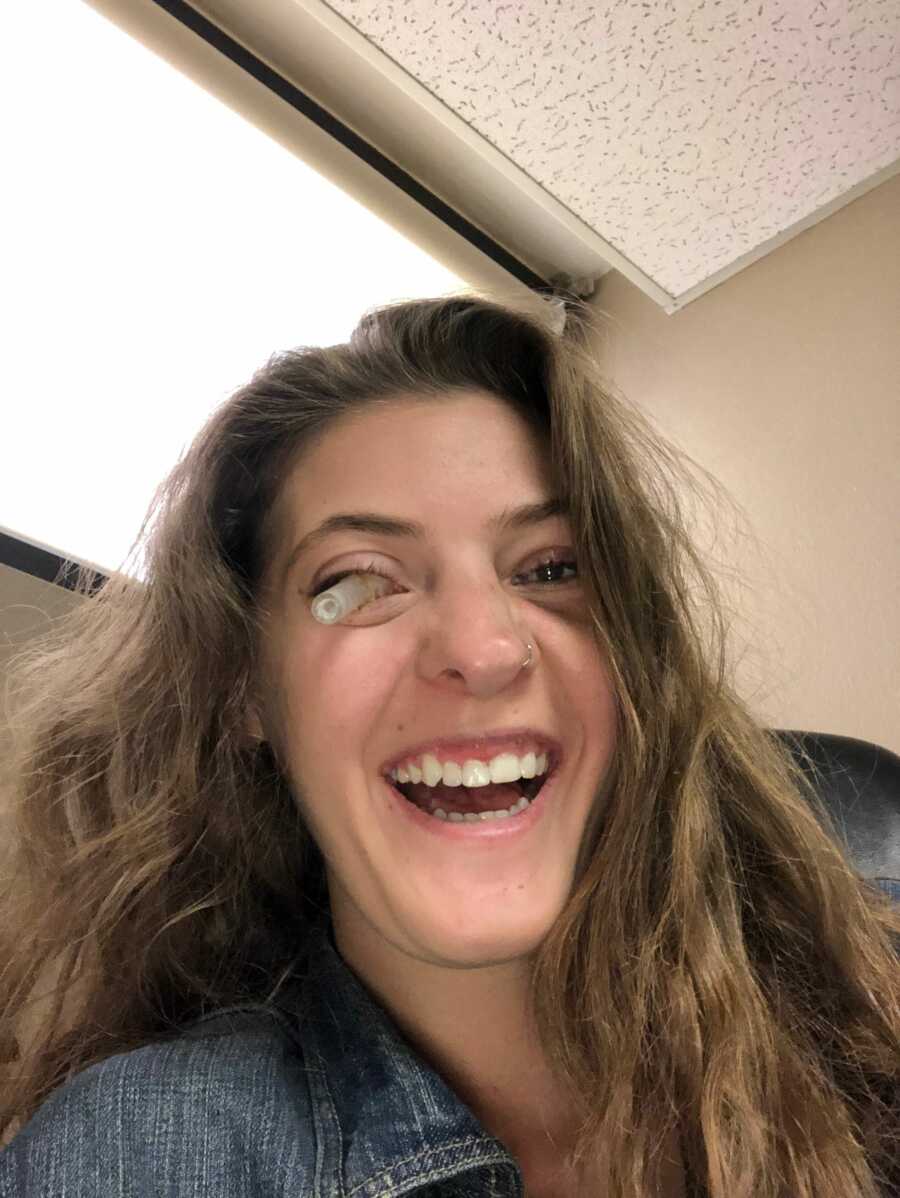
Because of this severity, doctors suggested I have a near-emergency surgery with hopes of relieving the high pressure in my good eye. I had happened to move cross-country from Virginia to California just months before this surgery was strongly suggested. While I made my high school’s cheerleading and field hockey teams and had met a few people from classes and the local youth group, I was ultimately walking into an extremely difficult and isolated season of my life. Not only was I starting completely over at a new school in a new state, transitioning from middle school to high school, but I had to face the reality of needing to get an unexpected eye surgery on my only seeing eye on top of it all, as well.
Because my eyes are naturally small, referred to as microphthalmia, my eye had a very difficult time healing from such extensive surgery, leaving me to recover at home for almost 2 months. I consider this surgery and recovery a milestone in my journey because of the exponential growth I endured through it. I had no choice but to recover from a highly risky procedure with no community around me except my immediate family. I not only learned the depths of my own strength, but I was also able to watch myself get through an extremely heavy period of my life, something I had not known I had the ability, or capability, of doing prior.
Without question, a crucial part of my medical journey has been my mother. She has been my biggest advocate and I would undoubtedly not be medically where I am today had it not been for her overwhelming care and support. Once my oldest sister was born, my mother stepped away from her nursing career, unknowingly becoming a nurse for her youngest daughter to come. Before, during, and after every doctor’s appointment, second-opinion, surgery, recovery, and everything in-between stood my mother, right beside me, literally holding my hand through it all. She made it a point to allow me to have a childhood just as any other kid without medical needs would have.

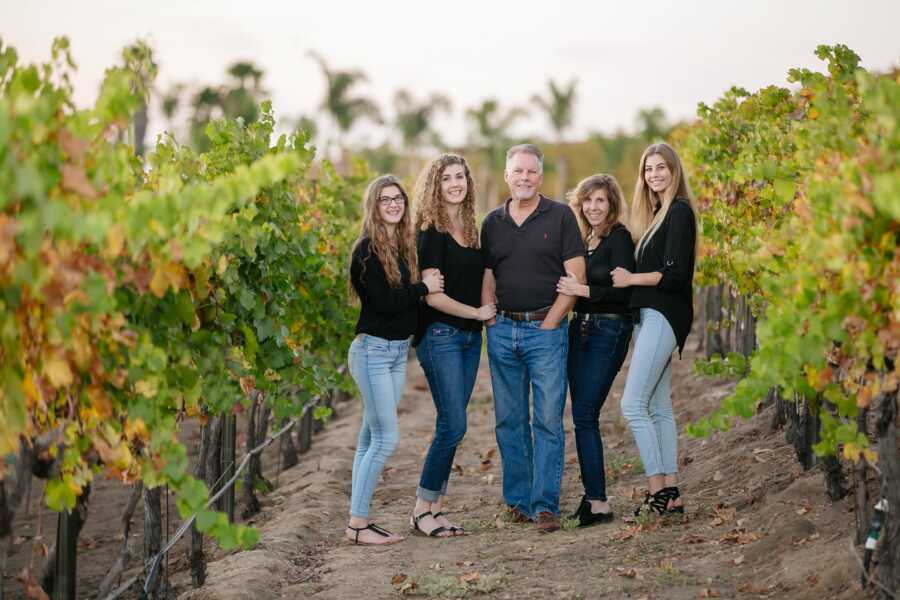
I was in almost every activity one can imagine, from neighborhood golf camps to weekly gymnastics classes. While I may have faced more challenges than the other kids did, I kept going as though these obstacles were simply just a part of the process. Through her, I have learned the importance of self-advocacy. I have learned to speak up for what I need, to ask the tough questions, no matter how uncomfortable it may feel, and to use the voice I have been given, ultimately enabling me to become my own personal advocate.
As I’m writing this and thinking back to my medical journey thus far, I can wholeheartedly feel the gratitude I now hold for everything I have gone through. It all ultimately comes down to the perspective I carry. My medical needs have given me opportunities to travel to places I had never been, meet brilliant doctors and individuals I had never met, and experience the depths of life that I had never learned. Despite every obstacle that came my way, I chose the route of perseverance.
All of my life I have faced exclusion, discrimination, and have been looked down upon because of my condition. This has not only molded me into who I am today but has motivated me to be an advocate for other people with similar struggles. After looking back at every surgery, every comment, and every obstacle I have endured, I now see that each experience has created me to see. both literally and figuratively, the world in a different way.
A close friend of mine once remarked how as others see the world in black and white, I see it in color, a comment that has greatly stuck with me ever since. Through my medical experiences, I have realized firsthand that everyone holds a divine uniqueness that should be nothing short of embraced and shared with the world. With every step I take in life, my goal is to bring inclusivity, diversity, and an open mind with me. I aim to be an open place for others to express their experiences and represent their real, authentic selves. At the end of the day, there’s only one true version of each individual, so we might as well embrace our uniqueness in its fullness!”
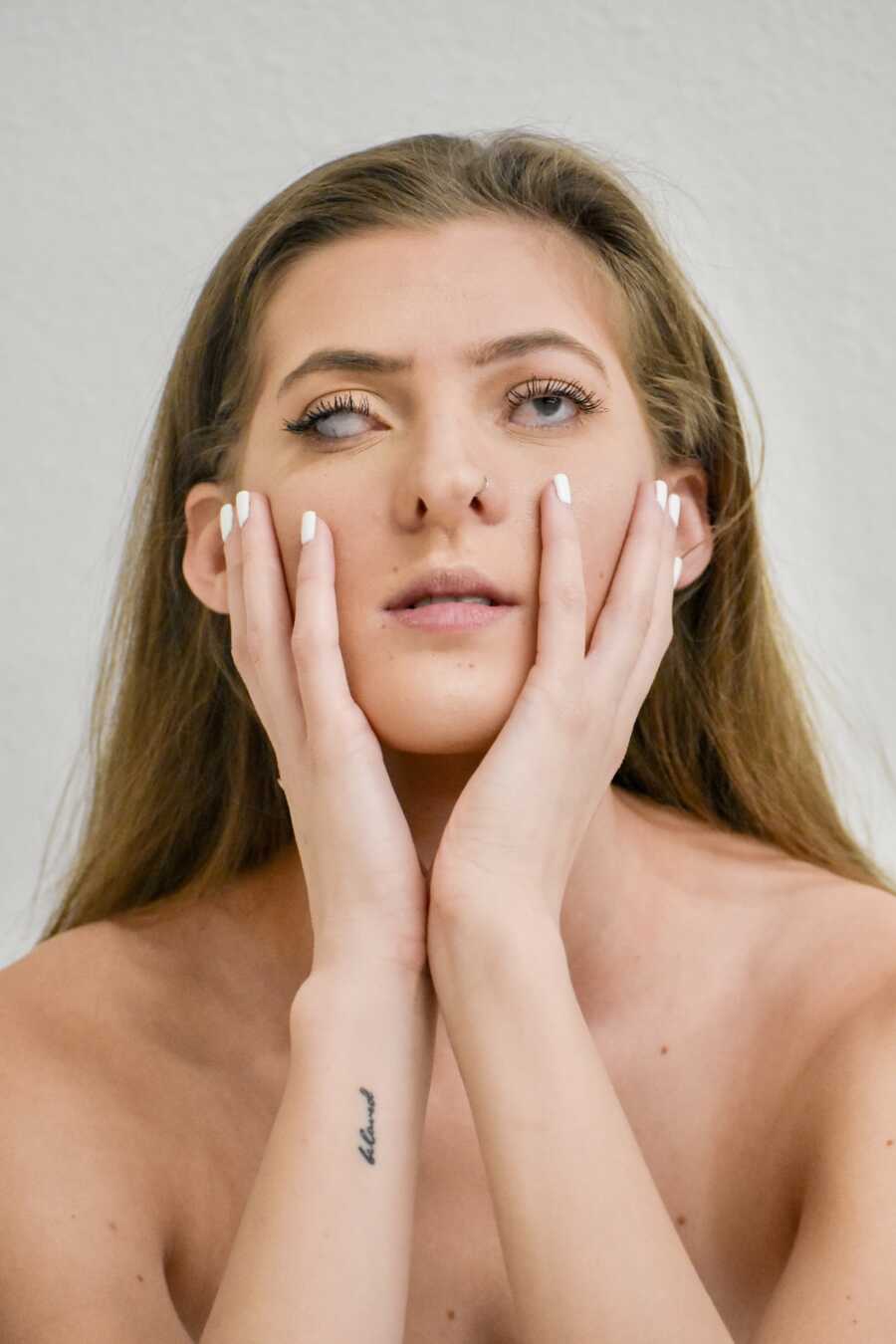
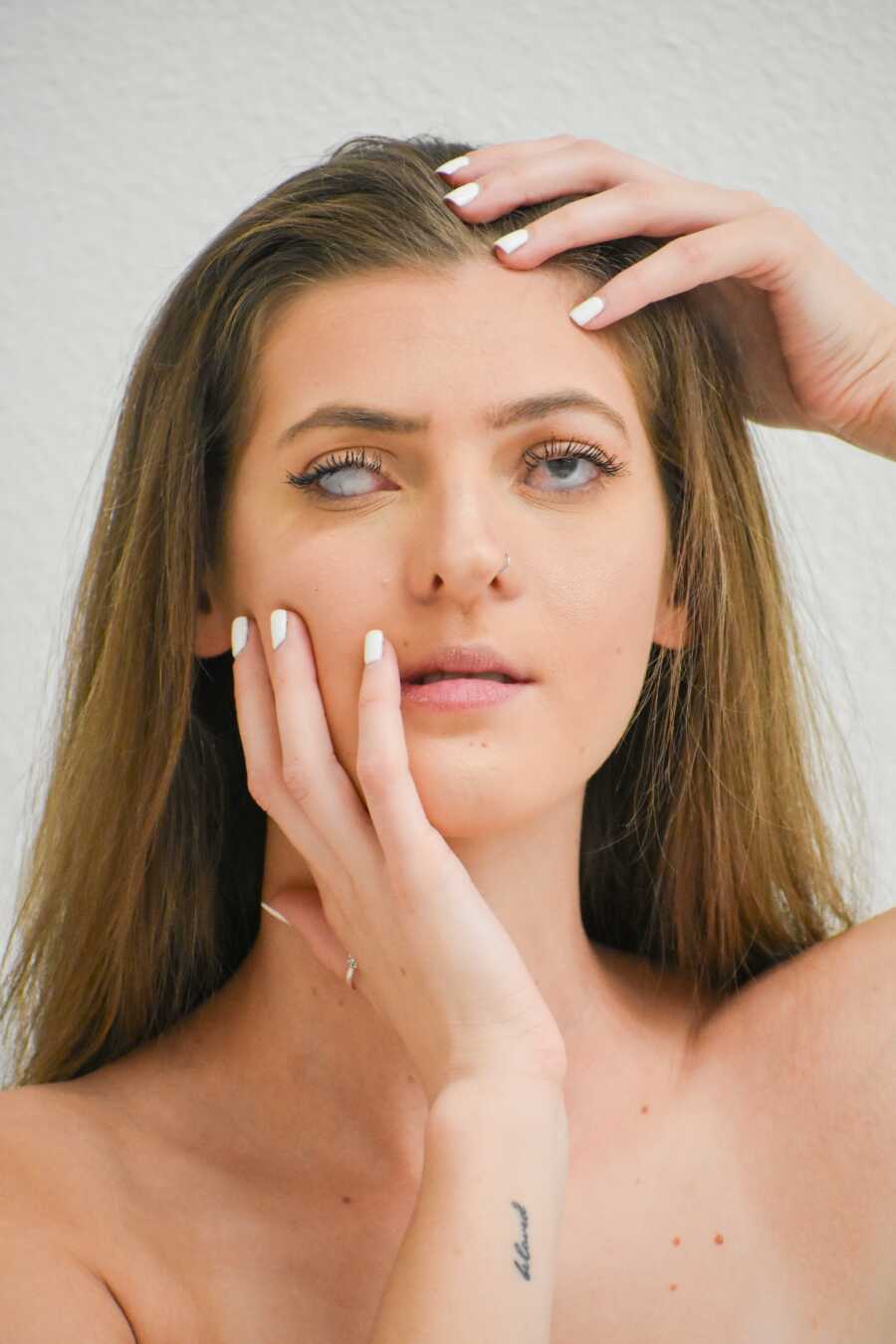
This story was submitted to Love What Matters by Chelsea Langerud from Phoenix, Arizona. You can follow her journey on Instagram. Submit your own story here.
Read more stories here:
Provide hope for someone struggling. SHARE this story on Facebook to let them know a community of support is available.

